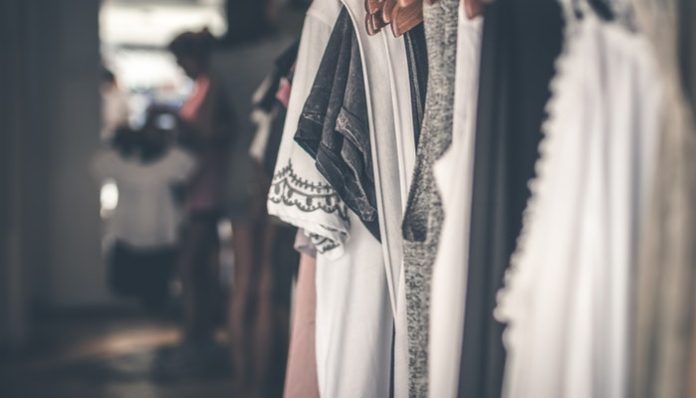
My Fashion professor, Ross Mayer, is a successful Canadian fashion designer who simultaneously owns two brands and teaches at two schools. His womenswear brand, Ross Mayer, focuses on elegant evening and office wear, while his menswear brand, MayerMan, centers on casual, stylish pieces.
I recently spoke with Ross Mayer about the life of a fashion designer during the COVID-19 pandemic. He has so much insight into how rapidly the fashion world is shifting to adjust to the current state of the world.
How have designers adjusted to a new normal during this pandemic?
Ross Mayer: Designers have to use technology to catch up with their customers on a regular basis. Depending on their target market, designers are currently using social media, emails, or newsletter campaigns to reach their customers. For example, since my womenswear brand, Ross Mayer, tends to target women in the 40-50 age range, I engage with most of my clients through Facebook. I also believe that it is… important for fashion brands to stay relevant and adjust their communication style accordingly.
How have brick-and-mortar stores changed?
RM: Well, the new” normal for companies is that they may no longer need office space. Retailers noticed that they don’t have to pay expensive rent in a highly competitive real-estate market. Business models will reconfigure as stores move out of their physical locations. Whenever I walk around my neighbourhood, I notice that there are more store vacancies. Furthermore, some luxury brick-and-mortar stores now take extra precautions to protect their stores. For example, many luxury stores have emptied their merchandise and… boarded up their entrances.
How will COVID-19 affect fashion trends?
RM: Right now, it’s smart for designers to focus on comfort wear. Since many see fashion as a luxury, designers realize that customers will buy less. Still, though, we will always question if there’s any way that they will buy smarter. For instance, fashion has seen a movement towards sustainable, ethical clothing. My goal, like many other designers’ goals, is to produce less. We would rather create two or three intricately-designed pieces than 10-12 mediocre clothing items.
Was it hard to shift to virtual work at first?
RM: In early March, I was focused on releasing a spring collection in April. However, a week after placing a fabric order with a supplier, fabric shops started to close, and they weren’t able to ship my order, which was difficult.
How does your team communicate with each other right now?
RM: We communicate on Google hangout to find ways to improve our business. My team makes lists of what to do each day, so we’re sure to accomplish our tasks… Ever since lockdown started, life has calmed without the hustle and bustle. We feel like the pandemic took weight off of our shoulders because we feel no sense of urgency to accomplish certain tasks.
What has the pandemic taught you so far?
RM: I have learned to find time for simple things that matter. Every day, I try to [watch the news or read trade publications to] educate myself. I am lucky to live in a country with a supportive government, and I am trying to look into the future – even with the uncertainty. We’re all learning how to work smarter instead of harder.
Being a fashion designer and owning a business is extremely difficult in desperate times, but after learning about my professor’s experience as a designer, I realized that we all need to adapt to this new lifestyle. Even though COVID-19 has forced huge changes in retail, designers, like the rest of us, can revamp their business practices.
Featured image via Pexels



















That’s true, in this time people are changing their dressing sense.More to focus on comfortable one.
Hi